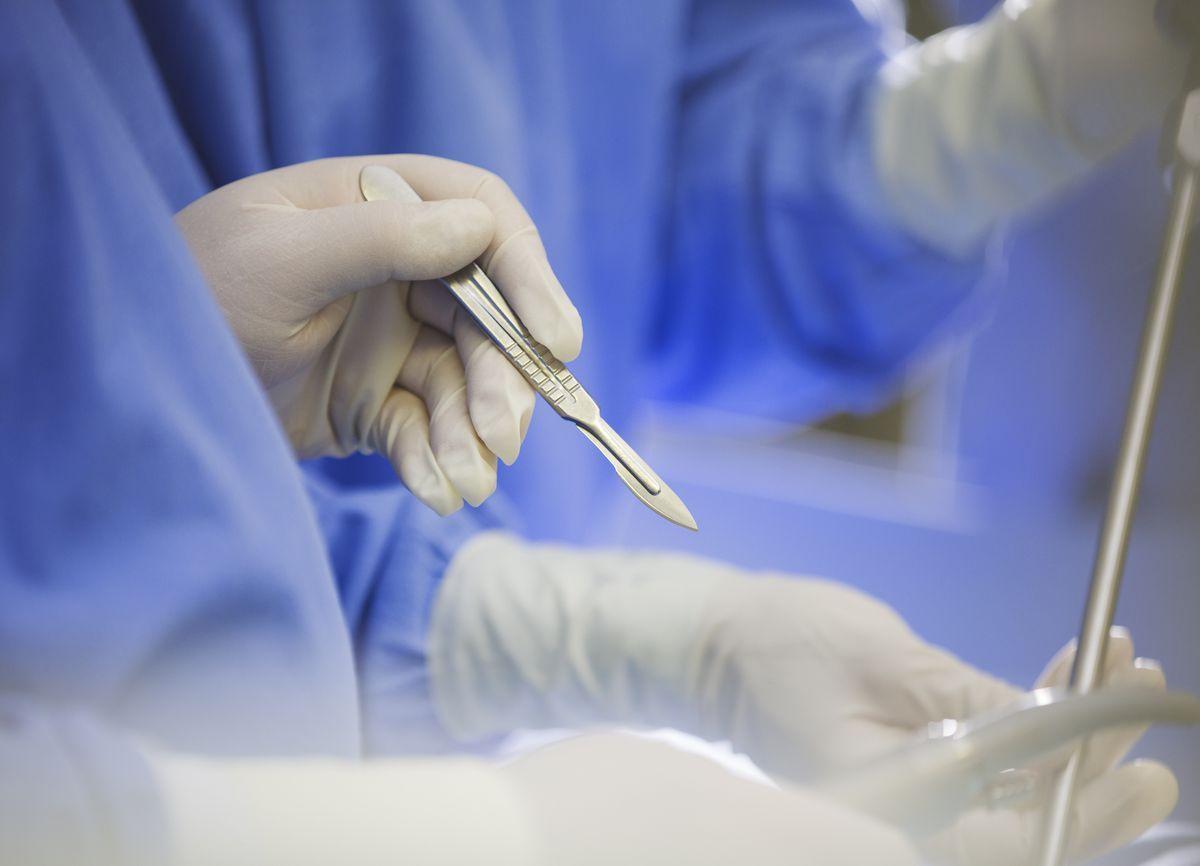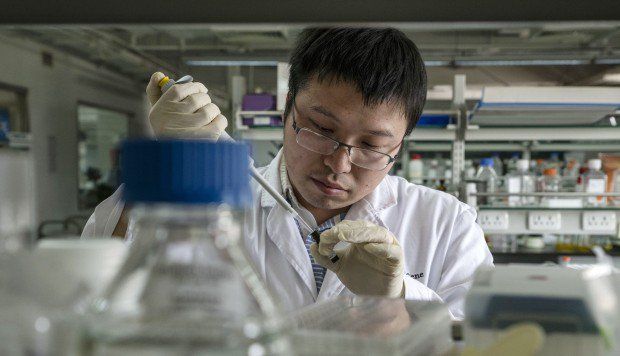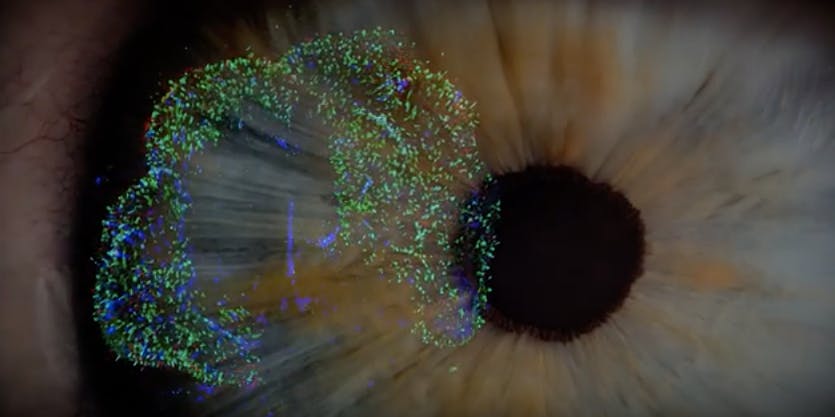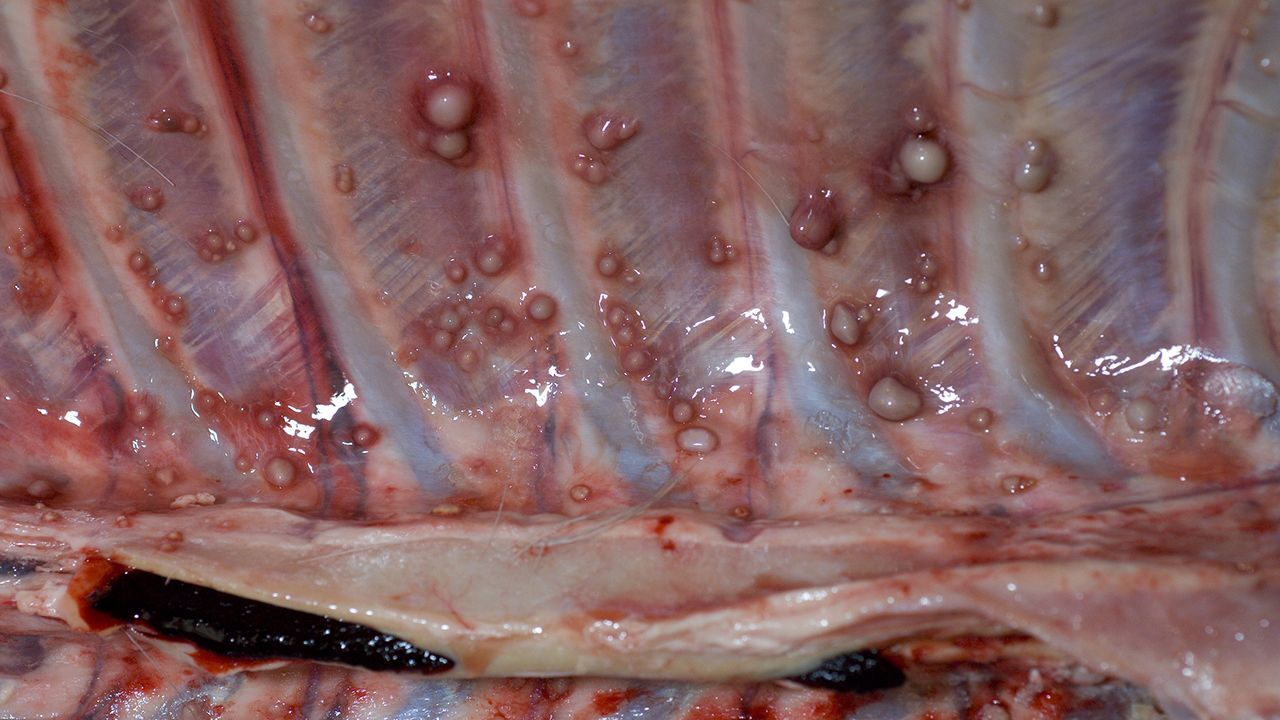Scans could reveal which doctors are less skilled. Is it ethical to do so? Is it ethical not to?


This technology may someday power spacecraft, satellites, high-flying drones, and pacemakers.

Scientists at Lund University, Sweden showed that it is possible to prevent type 2 diabetes in mice by inhibiting a protein known as VDAC1. This inhibitor might be employed in treating this disease in humans [1].
Abstract
Type 2 diabetes (T2D) develops after years of prediabetes during which high glucose (glucotoxicity) impairs insulin secretion. We report that the ATP conducting mitochondrial outer membrane voltage dependent anion channel-1 (VDAC1) is upregulated in islets from T2D and non-diabetic organ donors under glucotoxic conditions. This is caused by a glucotoxicity-induced transcriptional program, triggered during years of prediabetes with suboptimal blood glucose control. Metformin counteracts VDAC1 induction. VDAC1 overexpression causes its mistargeting to the plasma membrane of the insulin secreting β cells with loss of the crucial metabolic coupling factor ATP. VDAC1 antibodies and inhibitors prevent ATP loss. Through direct inhibition of VDAC1 conductance, metformin, like specific VDAC1 inhibitors and antibodies, restores the impaired generation of ATP and glucose-stimulated insulin secretion in T2D islets.

China has included 17 life-saving cancer drugs in its national public insurance after negotiations drastically cut their prices, in response to their cost fuelling the smuggling of cheap drugs from abroad in an echo of the popular Chinese film Dying to Survive.
Costs slashed by over half on average, in wake of hit movie featuring the plight of those unable to afford prohibitively priced medicines and forced to look abroad.

Everyone knows it takes a male and a female to make a baby. But what a new study from the Chinese Academy of Sciences suggests is that maybe it doesn’t. In a new study, the team of scientists reports they did the seemingly impossible: Produce healthy baby mice from two mothers. The researchers describe their achievement in a breakthrough new paper in Cell Stem Cell.
The single-sex parent phenomenon has been observed naturally in reptiles, fish, amphibians, and invertebrates, but it was never thought to be possible in mammals, who reproduce differently. But as the team describe in their paper, all it took was overcoming the genetic limitations that usually make same-sex parenting impossible. The team, which also included researchers from Northeast Agricultural University in Harbin, China, used a combination of stem cells and CRISPR precision gene editing to produce healthy mice from two mothers. Interestingly, they tried the same with embryos from two fathers, but those offspring only lived a few days.
In the paper, they describe the bizarre, ingenious way the mouse embryos were formed using an egg from one mother a stem cell from another mother. The team’s breakthrough was figuring out how to manipulate the DNA of the stem cell so that the babies wouldn’t have birth defects.

In a lab at Johns Hopkins University, little bits of human eyes are growin in a dish. When one thinks of an eye, they likely think of the full bulbous form — the lens, an iris; the vitreous body. These retinal organoids are not that. Technically, they’re retinas grown from human stem cells — globs of the white tissue that lines the very back of the eye. While growing eye globs is a technical marvel in itself, their creation has a compounded purpose. Scientists generated them to understand why we can even see color and to learn how we can help people who can’t.
“As a scientist, I think that you have to have a passion for what you’re doing and a connection to your organism,” organoid-creator and Johns Hopkins University graduate student Kiara Eldred tells Inverse. “I cared for the organoids every day in the beginning and then every other day as they got older. In the lab, my co-authors and I all kind of refer to them as our babies because we have to care for them all the time.”
In a study published Thursday in Science, Eldred and her team reveal why these retinas are so important. Humans have three types of color-detecting cells that sense red, green, or blue light. But the mechanisms behind why this is hasn’t been fully understood. Here, the team discovered that blue cells are made first, and then red and green cells later. Learning the timing of these cell formations was a novel finding — and made sense, considering we and other primates have something called trichromatic color vision.
Senolytics are the first therapies that directly target the aging process to delay or prevent age-related diseases and are now in human trials. Today we thought it was the ideal time to have a look at how they work and the companies involved.
Senescent cells and aging
As we get older, more and more of our the cells in our bodies become dysfunctional and enter into a state known as senescence. These senescent cells no longer divide or support the tissues and organs of which they are part; instead, they secrete a range of harmful inflammatory chemical signals, which are known as the senescence-associated secretory phenotype (SASP).
As we get older, more and more of our the cells in our bodies become dysfunctional and enter into a state known as senescence. These senescent cells no longer divide or support the tissues and organs of which they are part; instead, they secrete a range of harmful inflammatory chemical signals, which are known as the senescence-associated secretory phenotype (SASP).
For more aging research news visit: https://www.leafscience.org/

Heads up, hunting enthusiasts: The Michigan Department of Natural Resources (DNR) is warning hunters in the state to be wary of bovine tuberculosis in deer, a disease that’s transmissible to humans, WSMH-News reported.
The “serious contagious disease” is caused by the bacteria Mycobacterium bovis, according to Purdue University. It’s spread “primarily through the exchange of respiratory secretions between infected and uninfected animals,” such as coughing or sneezing, according to the Michigan DNR.
Oklahoma Man Faces Charges For Shooting Deer Hours Before Hunting Season Starts
Today, we have a talk by Dr. Alvaro Macieira-Coelho, who discusses how aging is a consequence of thermodynamics and entropy. Quite simply, aging is the default for most species.
Earlier this year, we hosted the Ending Age-Related Diseases 2018 conference at the Cooper Union, New York City. The event was focused on bringing the worlds of research and investment in the rejuvenation biotechnology field together and saw a number of talks and panels focused on research and investment.
Dr. Alvaro Macieira-Coelho is a research director at the French National Institute of Health and Medical Research – INSERM. His talk was about how aging is the default behavior and that life is a balance between entropy and the availability of free energy. Essentially, due to the second law, all species progress through changes, and they age as their ability to resist entropy declines.